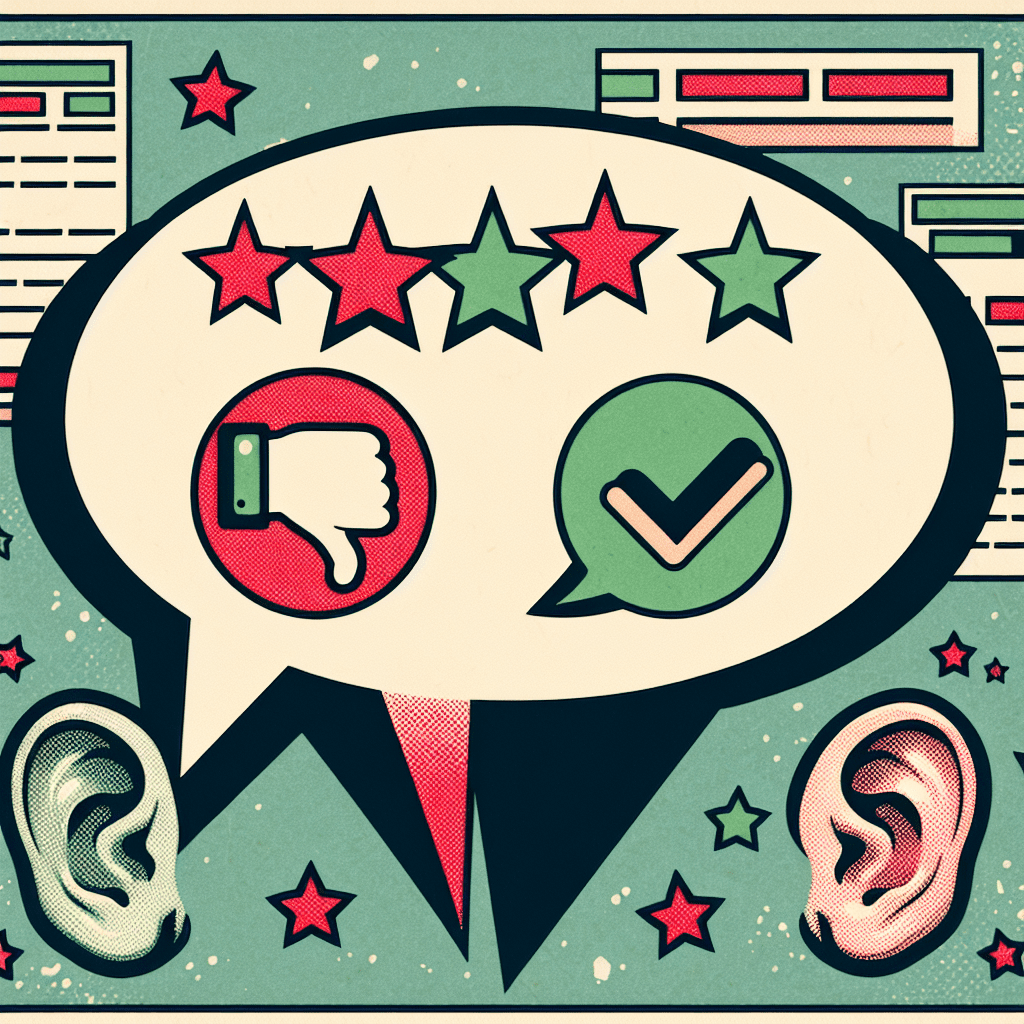Today we’re talking about bad reviews. You know the ones; those little digital gut punches that show up when you least expect them, usually right after you thought everything was running smoothly. One minute you’re thinking, “Wow, we’re crushing it,” and the next, someone’s calling your customer service “a flaming dumpster fire.” Charming. But here’s the twist: how you respond matters more than the review itself.
According to BrightLocal, 98% of people read online reviews for local businesses. Not just a few. Almost everyone. And 88% say they’re more likely to use a business that responds to all reviews, good or bad. That means a thoughtful response builds trust more than it manages damage.
So, how do you do it right?
Let’s walk through it.
First things first: speed matters, but so does your tone
Responding quickly is smart. Harvard Business Review found that businesses replying within 24 hours saw better customer satisfaction and even increased revenue. But, and this is a big but, don’t respond while you’re still fuming. That sarcastic reply you typed at 11:47 PM? Probably not your finest work.
Use tools like Grammarly’s tone detector or even ChatGPT to sanity-check your response. Think of it like a friend who stops you from texting your ex at 2 AM. Same principle.
Skip the copy-paste replies
Nothing screams “we don’t care” like a canned response. If someone says the fries were cold and the server rolled their eyes, don’t hit them back with “We value your feedback. Please visit again soon.” That’s not a response; that’s a shrug dressed up in Times New Roman.
Mention their name. Reference the specific issue. Sign off with a real human’s name and title. Personalized replies aren’t just polite; they move the needle.
Source: ReviewTrackers
Apologize like a grown-up—even if you think they’re wrong
You don’t have to agree with every complaint, but you do need to acknowledge it. A simple “We’re sorry to hear that” goes a long way. It’s not an admission of guilt; it’s a signal that you’re listening. And listening matters.
The Journal of Consumer Research says apologies trigger empathy and reduce anger, even when the problem isn’t fully fixed. So yes, a well-placed “sorry” can actually make people like you more.
Take it offline before it turns into a soap opera
Public arguments in the review section? Not a good look. If the issue’s complex, invite the reviewer to continue the conversation via phone or email. Something like, “We’d love to make this right. Please reach out to our support team at [email].”
This keeps your review page clean and shows you’re taking the matter seriously. No one wants to scroll through a 14-comment thread that reads like a courtroom transcript.
Use the feedback—don’t just file it away
Bad reviews aren’t just complaints; they’re clues. If three people in a week say your checkout process is confusing, that’s not noise. That’s a signal. Share that info with your ops, product, and support teams. Create a feedback loop that actually closes.
Gartner reports that companies who integrate customer feedback into operations see a 25% bump in customer retention. That’s not pocket change.
Once it’s fixed, circle back
After you’ve resolved the issue, follow up. Ask the reviewer if they’d consider updating their review. Most platforms—Google, Yelp, TripAdvisor—let users revise their comments. A simple update can turn a two-star into a four-star. And that adds up over time.
Plus, it shows you didn’t just patch the problem and move on. You cared enough to check back in. That’s rare. And people notice.
Keep an eye on the whole review ecosystem
Last thing: don’t wait for a crisis to start paying attention. Use tools like Podium, Birdeye, or ReviewTrackers to monitor your reviews across platforms. Set up alerts. Use sentiment analysis to flag the spicy ones.
Automation helps you stay on top of things, but don’t let it replace the human element. People can tell when a bot wrote the reply. Keep the oversight human, even if the alerts are digital.
The bottom line
So here’s the gist: bad reviews are inevitable. But how you handle them? That’s where the magic happens. Respond fast. Stay calm. Personalize it. Take it offline when needed. Fix the root cause. Follow up. Keep monitoring.
You’re not replying to reviews. You’re earning trust. One response at a time.
That’s the breakdown.
We’ll be back with more.
Until then, keep building.
– Perfect Sites Blog

